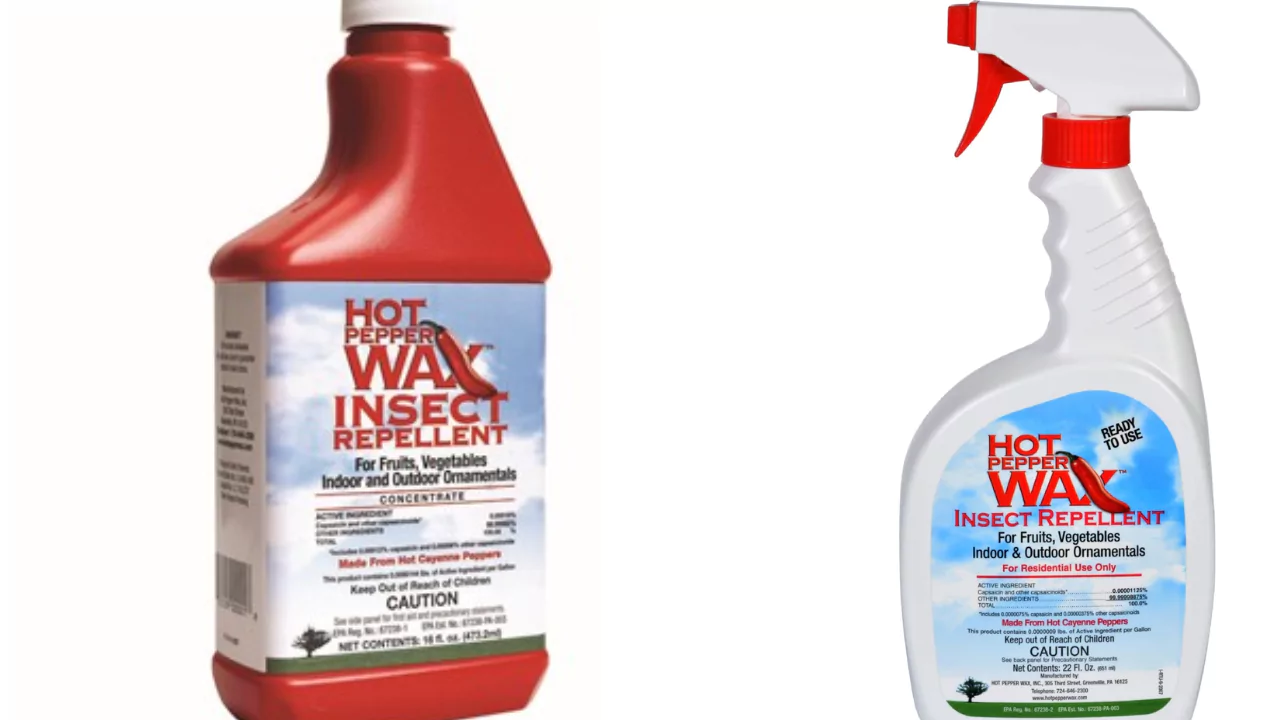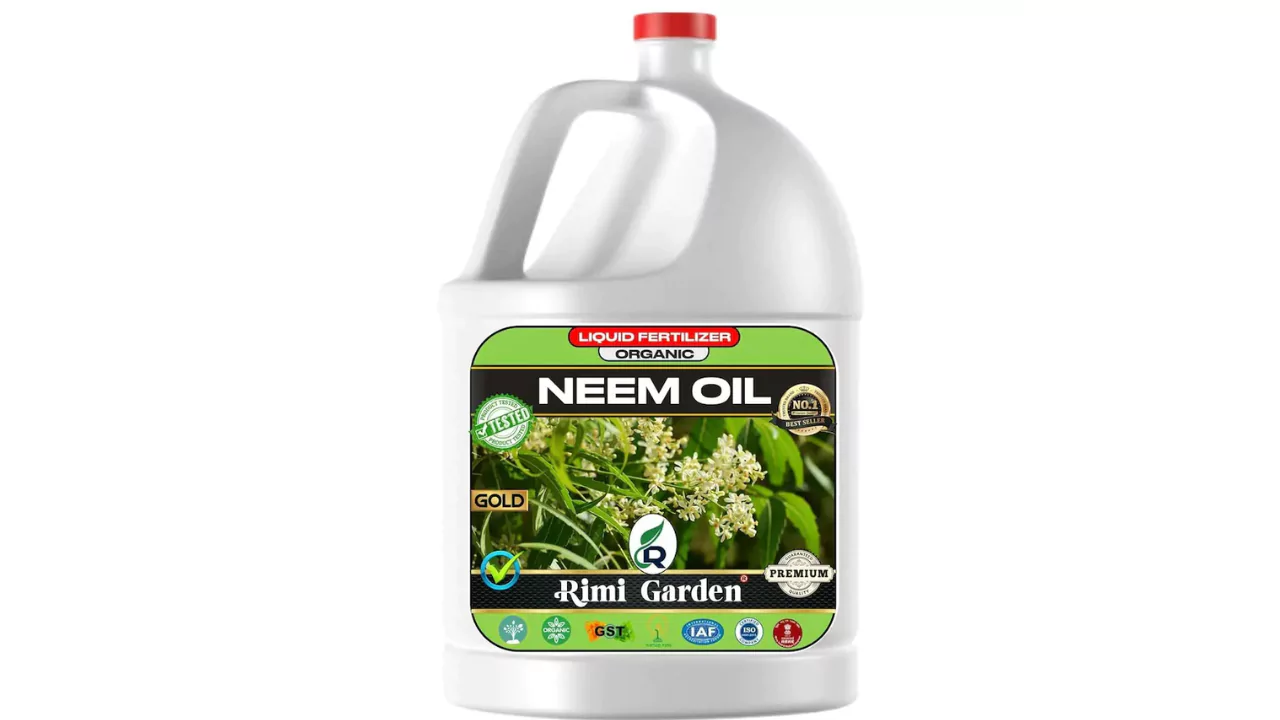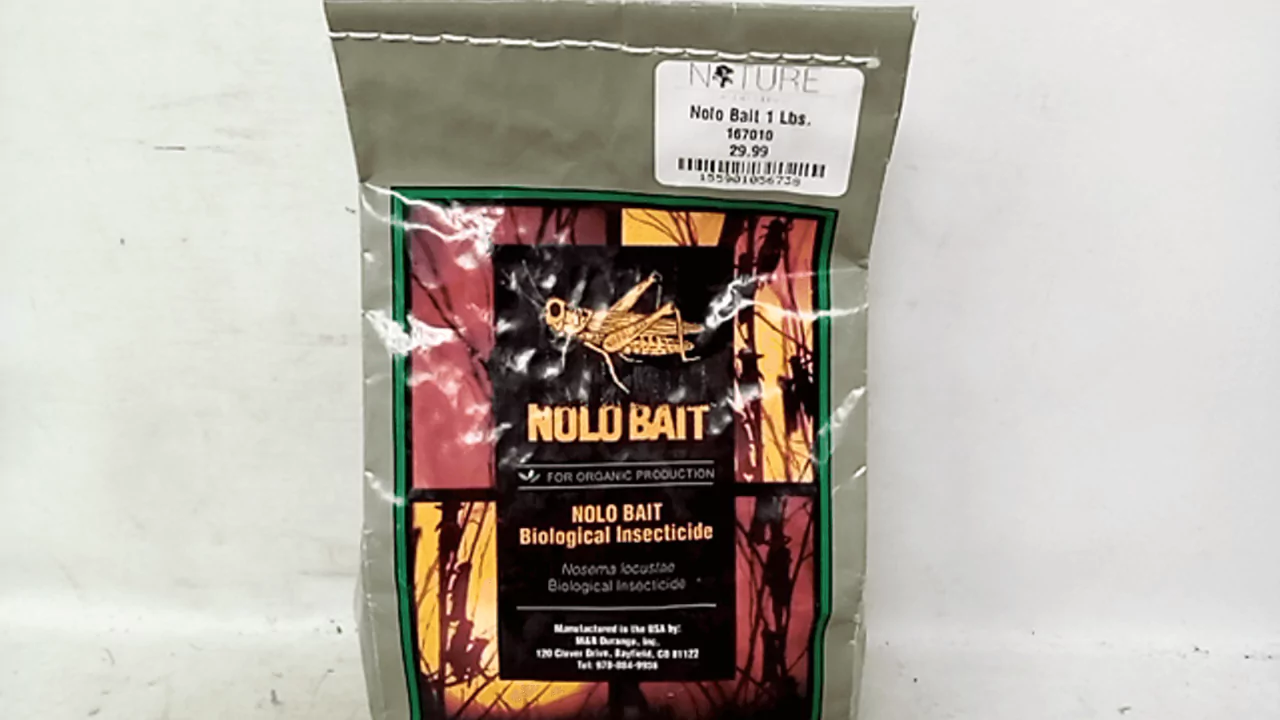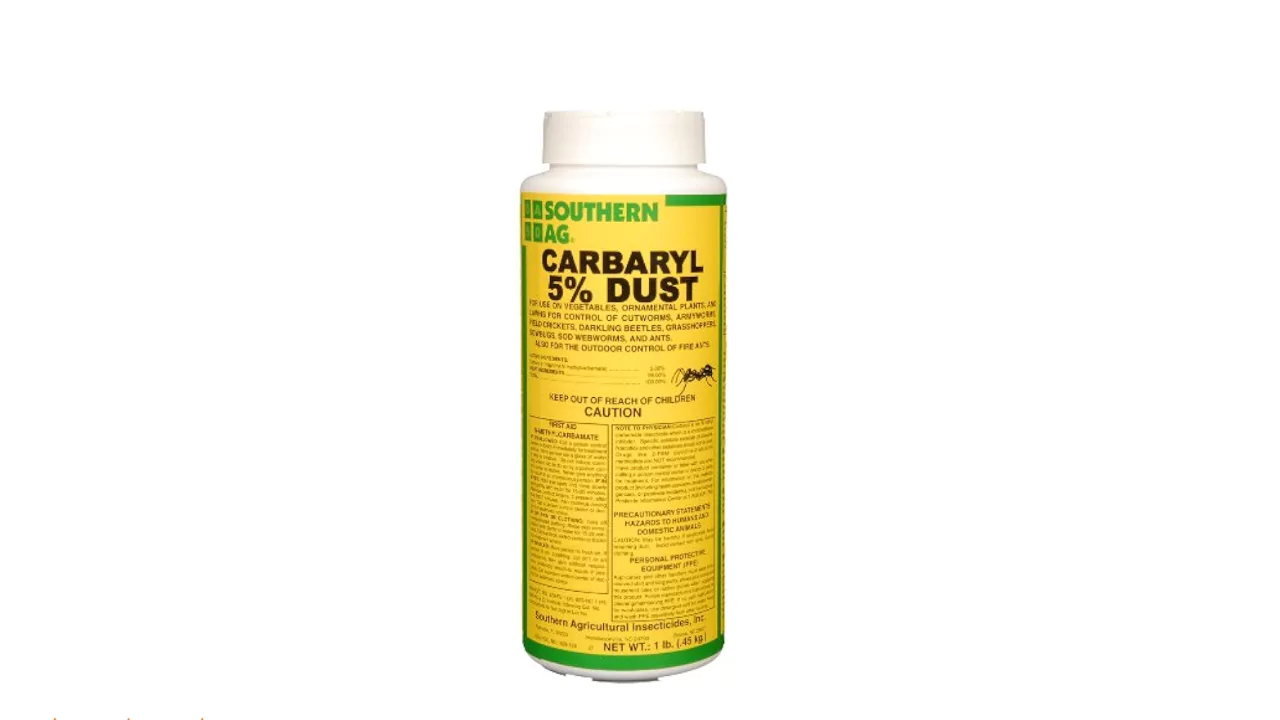
When a band of green grass surrounds your vegetable patch, it often acts as a welcome highway for visiting grasshoppers. Once these insects settle in, the first indication of trouble is a constellation of small holes on leaves and the slow disappearance of tender fruit.
In extreme outbreaks, their numbers can skyrocket, skeletonizing foliage and, in the worst cases, stripping whole plants to the stem. So how can you reclaim your harvest and turn back this swarm of uninvited guests?
Fortunately, time-tested natural tactics and certified organic controls exist, shielding your favorites-lettuce, carrots, beans, sweet corn, and onions-without harsh chemicals.
By contrast, squash, peas, and tomatoes usually resist serious damage, so you need not train your defenses on those crops as intently.
Introduce or encourage natural predators
One of the simplest ways to keep grasshoppers in check is to turn them into supper for other creatures. Livestock like chickens, turkeys, guinea fowl, and even ducks relish a grasshopper snack and will chase the pests across the ground.
If those birds are impractical, hang feeders stocked with seed orgut-mixed scraps to draw insect-eating larks, bluebirds, or small kestrels into the infested patch. And, of course, the occasional free-roaming cat treats wayward grasshoppers as mobile playthings.
Soil care
Healthy soil offers a long-term shield without constant reapplication. Tilling in late fall mechanically pries open the top layer and exposes many eggs, while another light pass in spring weakens germinating weeds that shelter young hoppers.
You might also apply spores of Nosema locustae, a fungus that slowly infects and kills several grasshopper species. Keeping soil biologically active encourages other beneficial microbes and predatory inverts that can further thin the swarm.
Protect your plants
Physical barriers need careful design because grasshoppers are surprisingly persistent. Coarse mesh, such as aluminum window screening or lightweight floating row cloth, will stop most nymphs and adults, although some robust species may slowly nibble through the threads. A double layer secured at the edges adds extra defense without blocking air or sunshine.

Hot pepper wax
Sold as a ready-to-spray liquid, this pest deterrent relies on cayenne peppers fiery taste to keep bugs from chewing leaves. Marketed as a natural insecticide, Hot Pepper Wax is especially effective against soft-bodied pests.
An Amazon version boasts $15 rain resistance, and most reviewers charge it meets the claim.

Neem oil
Neem oil tackles insects on two fronts. Its primary role is to introduce a growth regulator that confuses pests so thoroughly they forget to feed, eventually starving before they can reproduce.
Leaves coated in Neem may still bear small scars, yet bugs that ingest it soon cease coming back for repeated snacks. Some experts believe it also masks scents that normally attract hungry pests.

Nolo bait
Available only in select states, Nolo Bait disperses a beneficial spore that targets mormon crickets and grasshoppers. Once infected, the initial host spreads the pathogen to nearby peers, creating a self-limiting outbreak that helps protect fragile fields.
Provide an attractive habitat
Because grasshoppers prefer to tuck away in dense weeds and tall grass, set aside a patch of unruly sod near your vegetable plot. The thicket gives them cover, yet sits close enough to lure them away from your prized crops.
If the insects still linger, lay down a low, open path of coarse soil or moistened turf to guide their wanderings. The trail should be easy for them to spot and gentle on your garden.

Carbaryl dust (not organic!)
For a quick, no-questions-asked knockdown and if you are not committed to organic methods, reach for carbaryl in dust or spray form. The material works fast and is long-lasting, but it also becomes costly on bigger lawns.
Around 1,000 square feet requires about five pounds, which often sells for almost twenty dollars each, so check your math before treating an entire yard. Use this tactic only when other efforts have truly failed.